Sugaring vs Waxing: Key Insights To Choose The Best Method
Know the differences between the popular hair removal methods to choose the one for you.
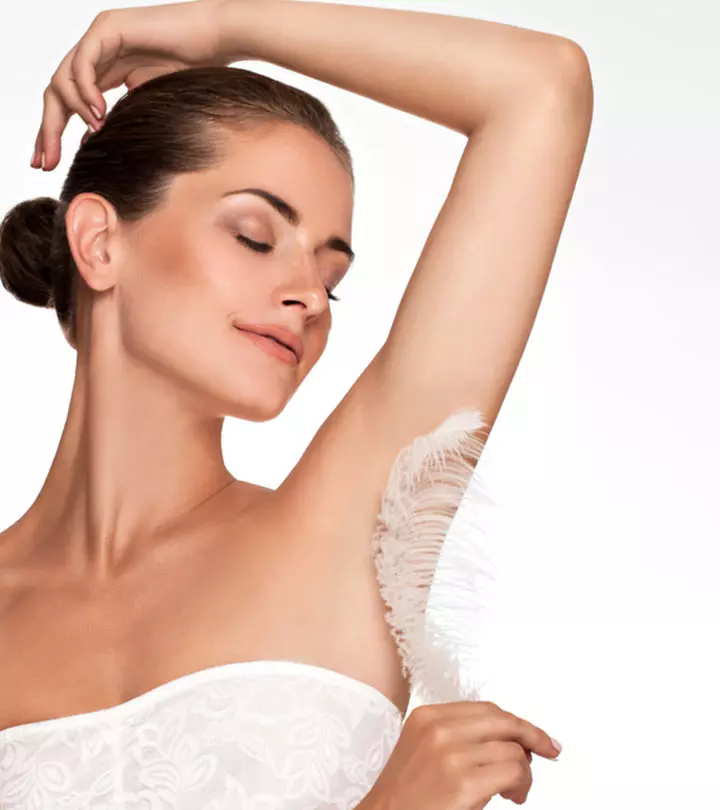
Image: ShutterStock
Sugaring vs. waxing – the hottest debate in the hair removal world right now!
Waxing and shaving are the first two methods that come to our minds while discussing about body hair removal. Both of these techniques are quick, inexpensive, and simple. However, another method for removing body hair has recently garnered attention for being less painful and much sweeter – sugaring! So, what is the difference between sugaring and waxing? You’d be surprised to know that they are very different. Keep reading to find out which method is the best for you!
In This Article
Sugaring Vs. Waxing: What’s The Difference?
Both sugaring and waxing are traditional methods of hair removal. However, there is a slight difference between the two that we have explored below.
Sugaring
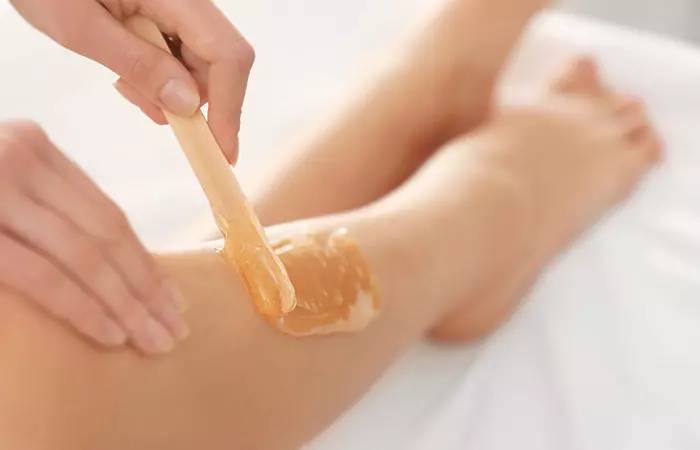
What Is It?
This method involves using a paste or gel made with sugar, water, and lemon to remove your hair. This method of waxing originated in Persia and has been used for removing body hair since 1900 BC. Sugaring is very similar to modern-day waxing, but it is much less painful.
What Is The Process?
Those who prefer a more natural method of hair removal are switching to sugaring. The sugaring paste can be prepared at home easily. All you need to do is:
- Mix sugar, lemon juice, and water in a bowl.
- Melt the mixture on a low flame until it gets to a waxy, candy mix-like consistency.
- Cool it down and use it just the way you use wax.
If you keep the mixture on the flame for a bit longer, it turns into a hard wax. When using hard wax, you do not need to use a cloth to remove it. You can just grab the edges of the paste and pull it off. However, if you keep it on the flame for less time, it will become soft wax, and you will need to use a cloth to remove the sugar wax from your skin. Learn more about how to make sugar wax here. You can also buy sugaring paste online or from the store.
How Effective Is Sugaring?
It removes hair from its roots. Depending on the rate of your hair growth, the hair may regrow in 2-3 weeks.
Does It Hurt?
Sugaring hurts. Since it involves pulling the hair from the roots, it will hurt a bit. However, the pain is much less than what you feel during waxing. Compared to waxing, your skin will feel less irritated after sugaring.
 Quick Tip
Quick TipWaxing
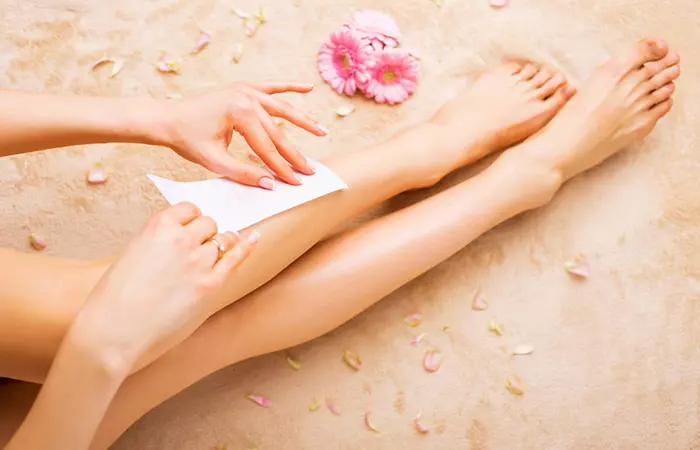
What Is It?
This is a hair removal method in which you use waxes that are derived from trees and prepared from resins. There are two types of waxes available on the market – hot wax and cold wax. If you are using hot wax, which has a hard consistency, you will have to melt it first and then apply. On the other hand, the cold waxing method involves the use of pre-prepared wax strips that can be applied directly to the skin without the need for heating.
What Is The Process?
In this method, the wax is applied on the skin and removed using a cloth or disposable waxing strip. Hot wax needs to be melted first, while cold wax can be used directly on the skin.
How Effective Is Waxing?
This process also removes hair from the roots. Your hair may regrow in 2-3 weeks, depending on the rate of hair growth. However, you need to wait until the hair grows at least ¼ inch before you wax it off again. This is because the wax cannot grab the hair if it is less than the said length.
Does It Hurt?
Yes, it hurts! Since the hair is pulled in the opposite direction, it hurts quite a bit. Moreover, while pulling the strip, the wax tugs your skin. This might irritate your skin and cause redness.
 Quick Tip
Quick TipThere is yet another difference between sugaring and waxing. The application method and the way you pull off the hair are different in both the processes.
Key Takeaways
- While waxing is a popular way of hair removal, sugaring is catching up pretty close.
- With easily available basic ingredients, sugaring can be done from the comfort of your home and is comparatively less painful than waxing.
- Sugaring is more ideal for sensitive skin with a lesser chance of developing rashes, swelling, or irritation.
Sugaring And Waxing: The Application Procedure
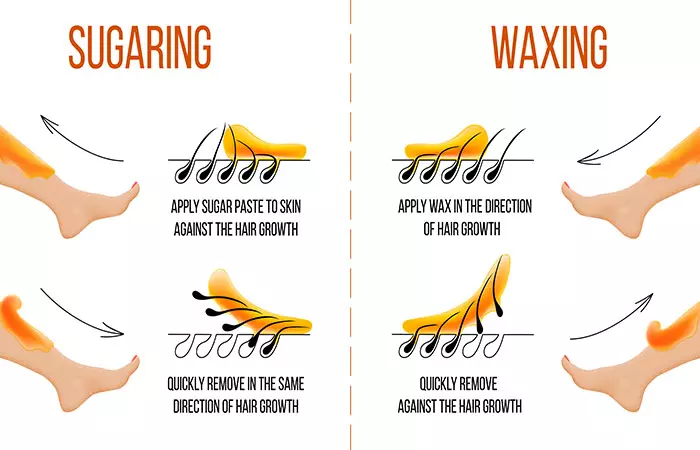
You need to apply the wax in the direction of the hair growth and remove it in the opposite direction. In the case of sugaring, you need to apply the sugar wax in the opposite direction of hair growth but pull it in the same direction.
When you pull in the same direction of the hair growth, it causes less pain compared to pulling in the opposite direction. That is why sugaring is often used for removing hair from sensitive parts, such as the bikini line and underarms.
The cost of sugaring and waxing may vary based on several factors like the treatment area. Check out the next section to get an idea about the average cost of both these treatments.
Average Cost Of Sugaring And Waxing
Sugaring service at a salon or spa may range from $15 to $110 or more per session, depending on the salon’s pricing structure for treatment areas. For instance, facial sugaring may cost less than a full leg sugaring session. Further, if you opt for at-home sugaring kits, the cost will generally be lower. This may range from $10 to $30, depending on the brand and the quantity of product included. Similarly, a professional waxing session may range from $10 to $70 or more per session. Typically, the average waxing cost for eyebrows may range from $10-30 and the same may cost over $50 for full legs.
Should you go for sugaring or waxing? In the infographic below, we have evaluated both the processes to help you make a decision.
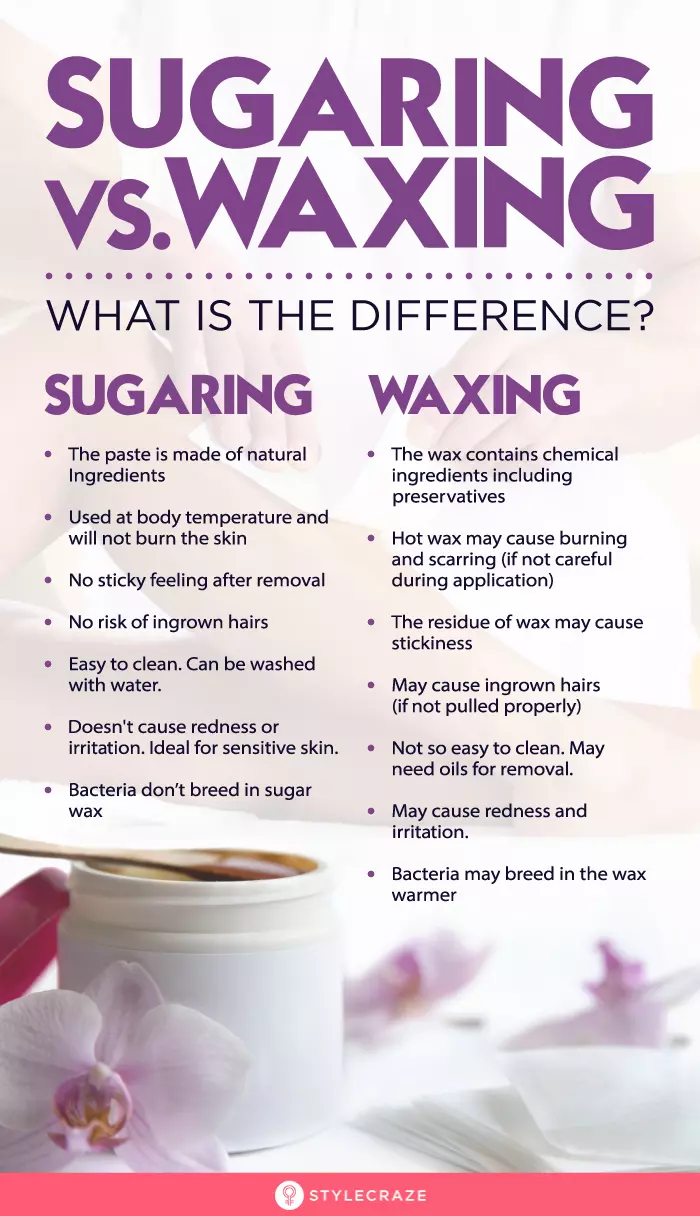
Of course, sugaring has a few advantages over waxing. If you have sensitive skin, we suggest you go for sugaring. This is because it is completely natural and sticks more to the hair and less to your skin. You may also try sugaring or waxing at home. However, you may not be able to remove hair as neatly as a trained esthetician. If not done correctly, you may get bumps and ingrown hairs. If you think waxing makes your skin feel rough and aggravated, you may try sugaring.
We hope this article has helped settle the sugaring vs. waxing debate and gave you an insight into the two hair removal techniques. Evaluate the long-term effects of sugaring or waxing on hair growth and skin health, and choose the best hair removal method for your needs. Both are quick, simple, and the easiest ways to remove body hair at home. However, sugaring is less painful than waxing. Moreover, sugaring is good for sensitive skin, which is why many people prefer it over waxing. You can choose whichever method you want. However, if you have not tried sugaring yet, try it and see how your skin feels and responds.
Frequently Asked Questions
Can I use coconut oil after sugaring?
Yes. The sugaring procedure dries out your skin. So, moisturize it immediately with natural oils like coconut oil to care for it. Unrefined coconut oil is the only oil that does not trap heat in the skin and can be used to soothe and help calm it.
Can you shower after sugaring?
After a sugaring treatment, avoid taking a shower or bath for 24 hours. Use warm (not hot) water on the sugared area and prevent scrubbing or using irritating or fragrant products.
Take a look at this video as a fashion professional details the difference between sugaring and waxing. This expert advice will help you find the best fit for your skin and preferences. Hit the play button now!
Read full bio of Dr. CP Thajudheen
Read full bio of Ramona Sinha
Read full bio of Anjali Sayee
Read full bio of Swathi E







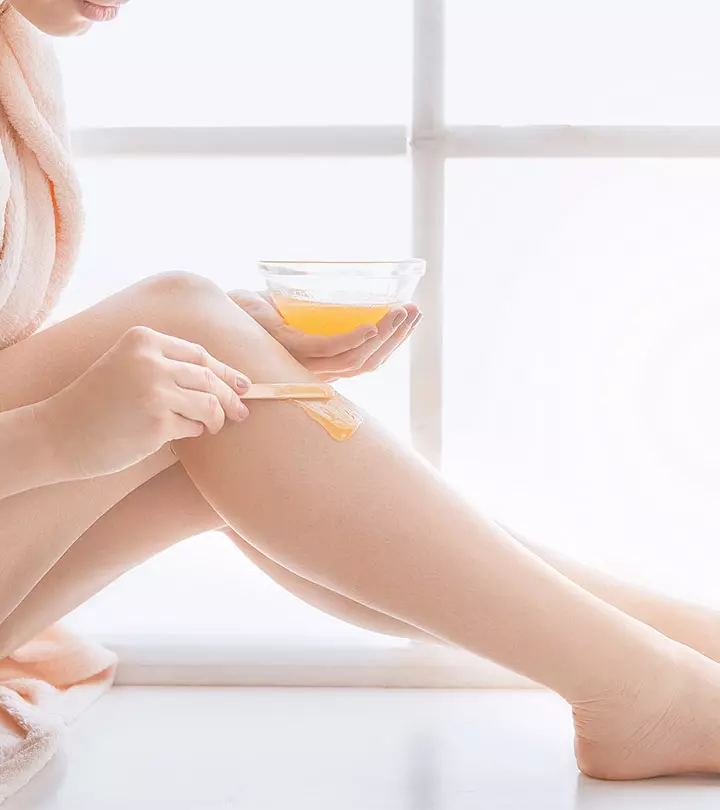
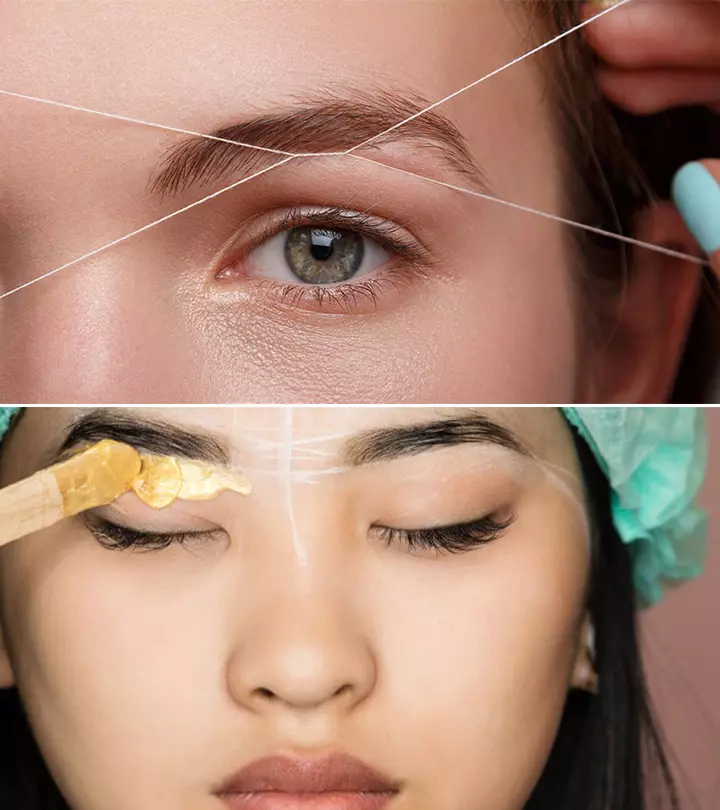

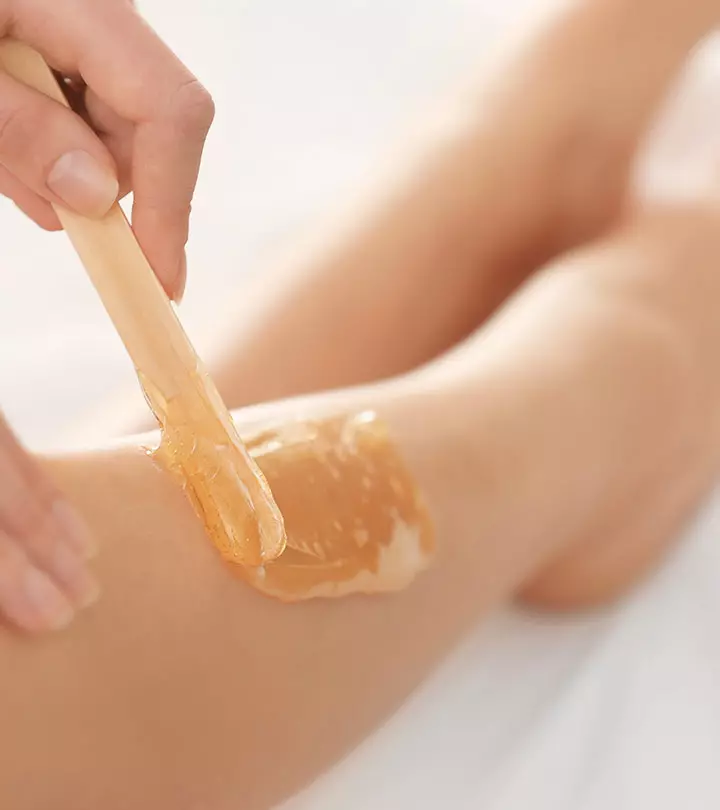
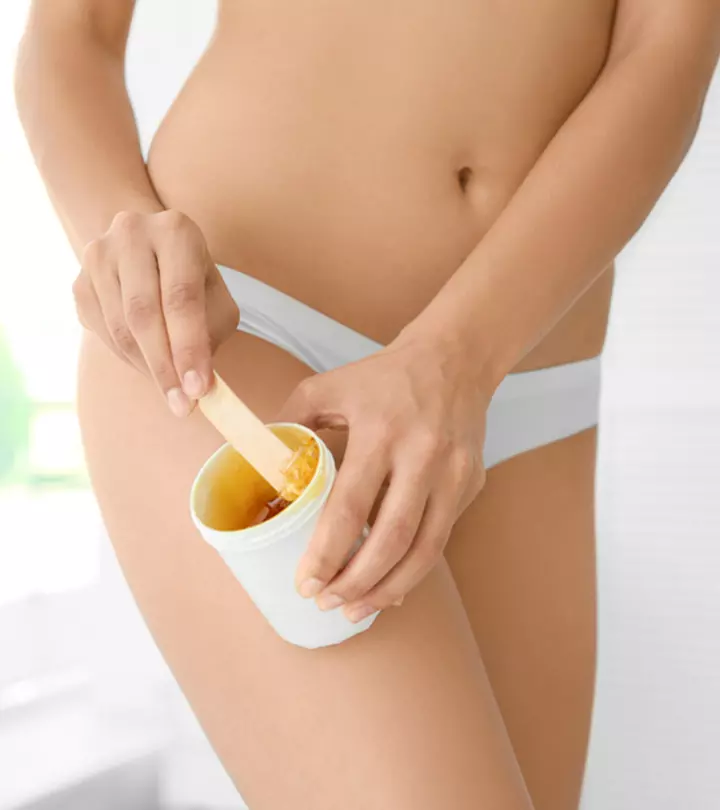
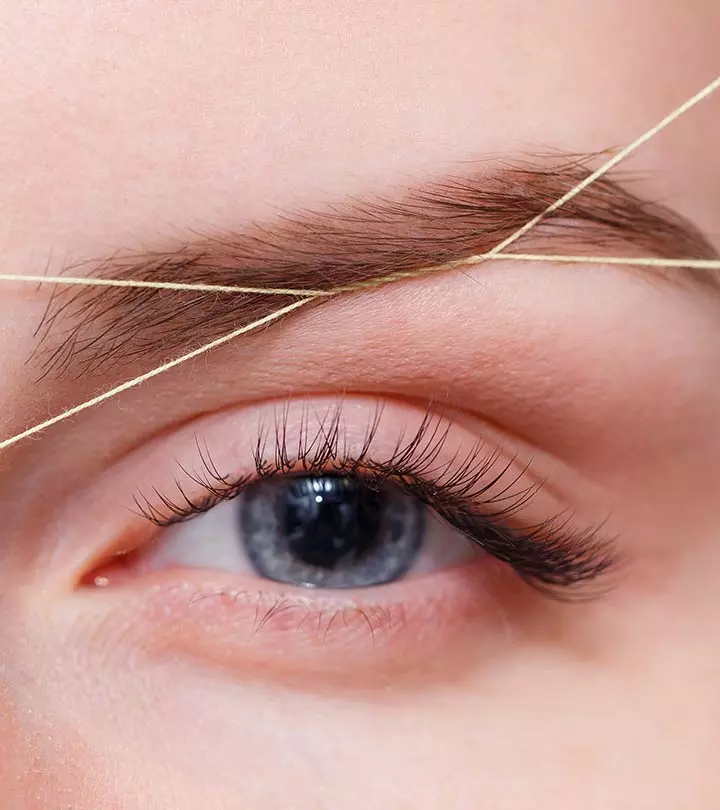
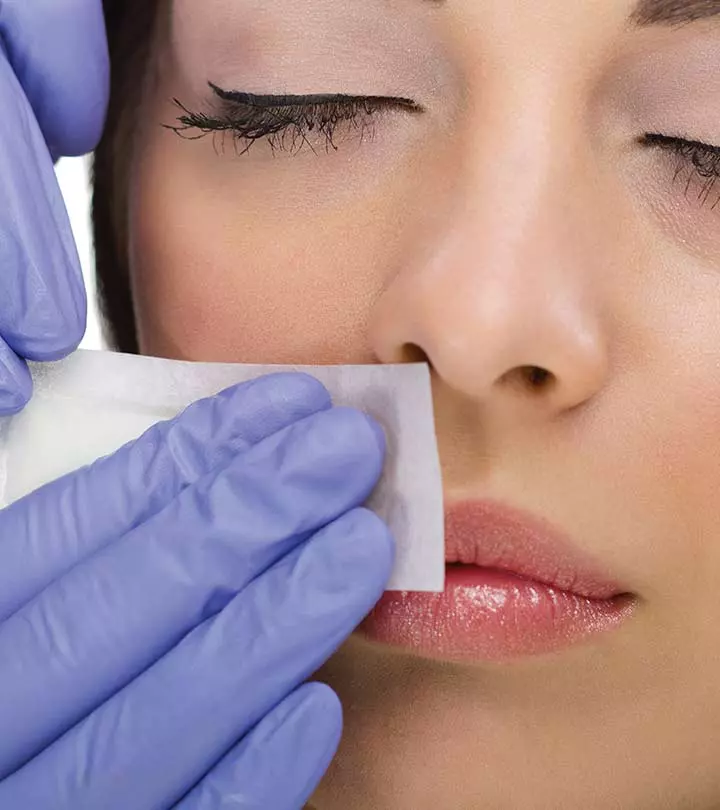
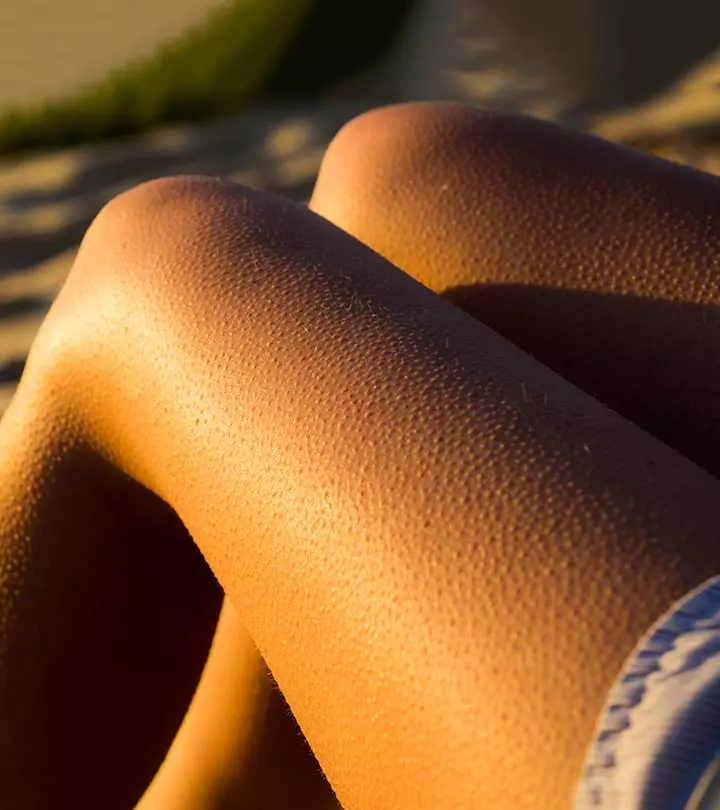
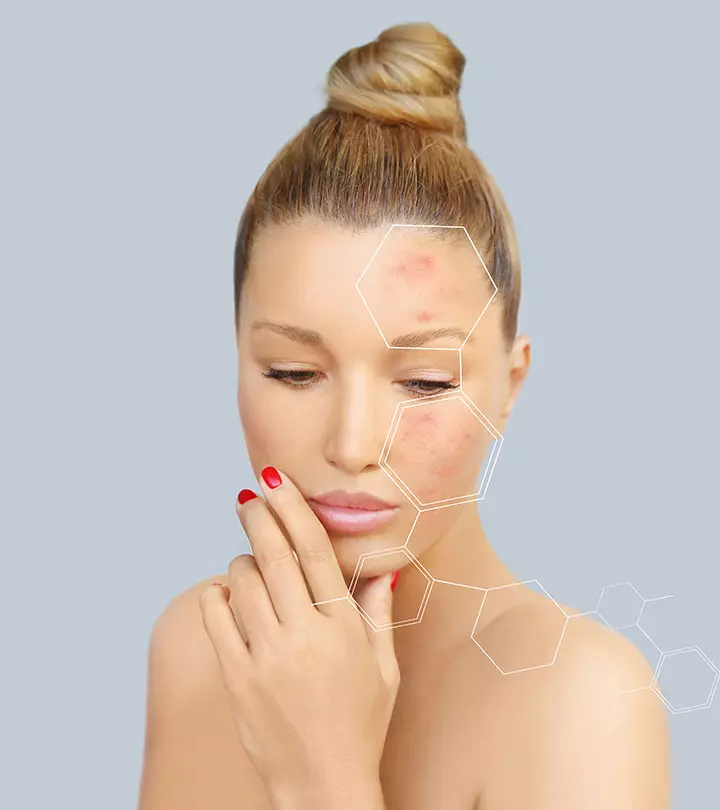
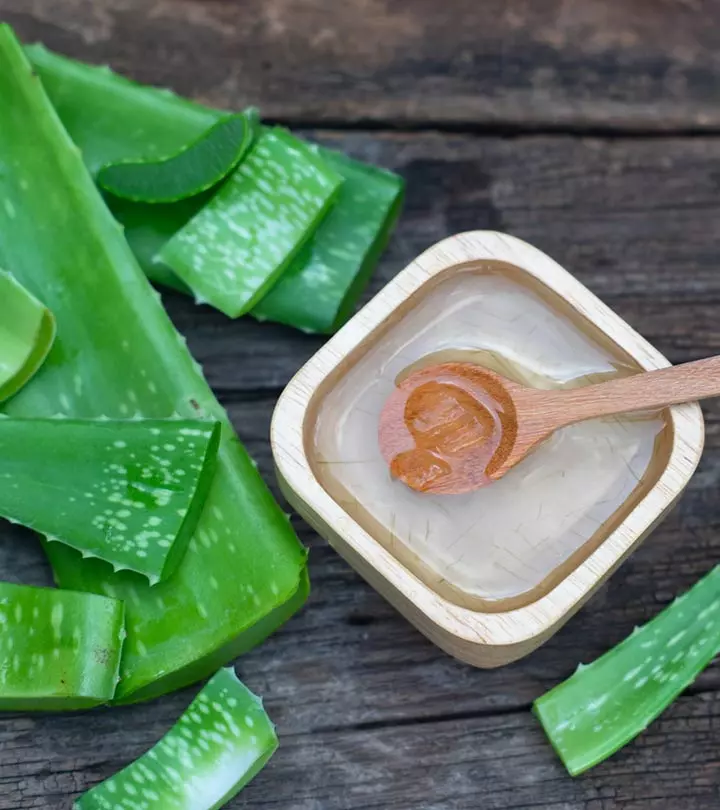


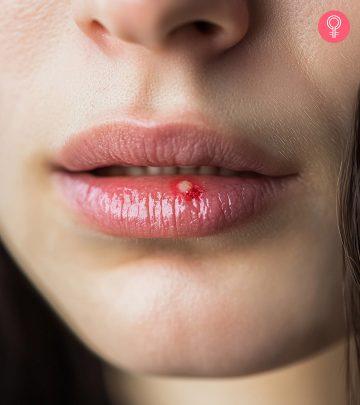
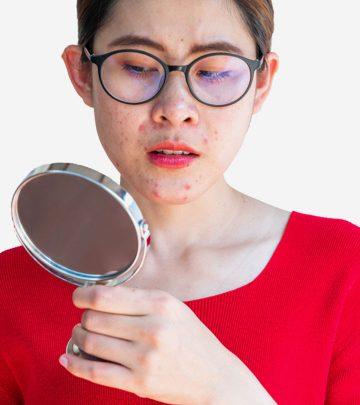
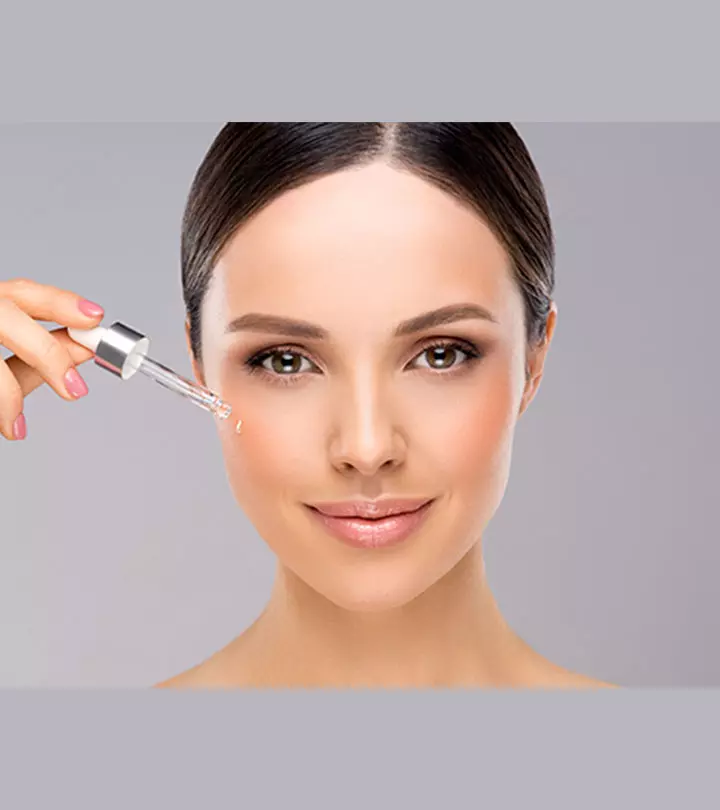
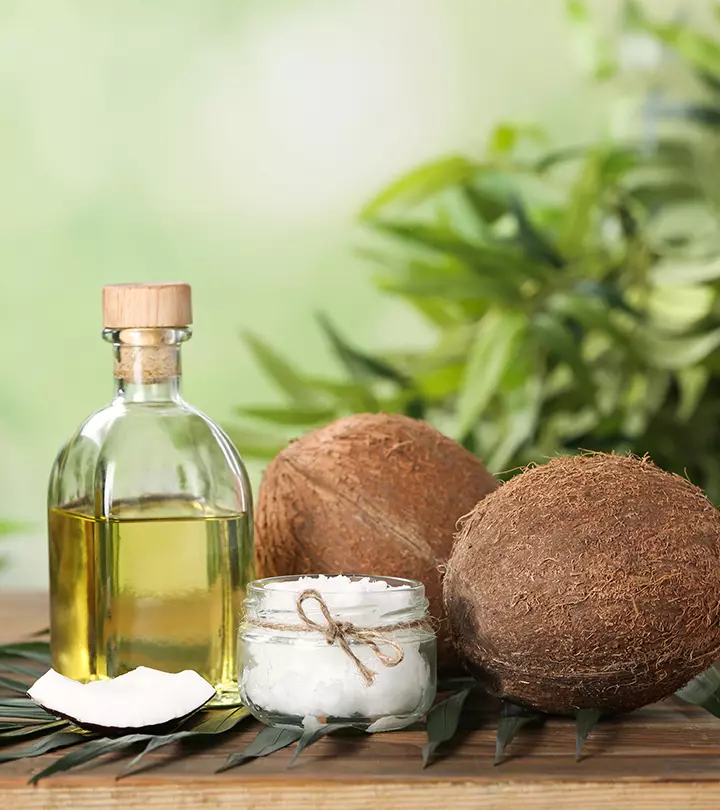
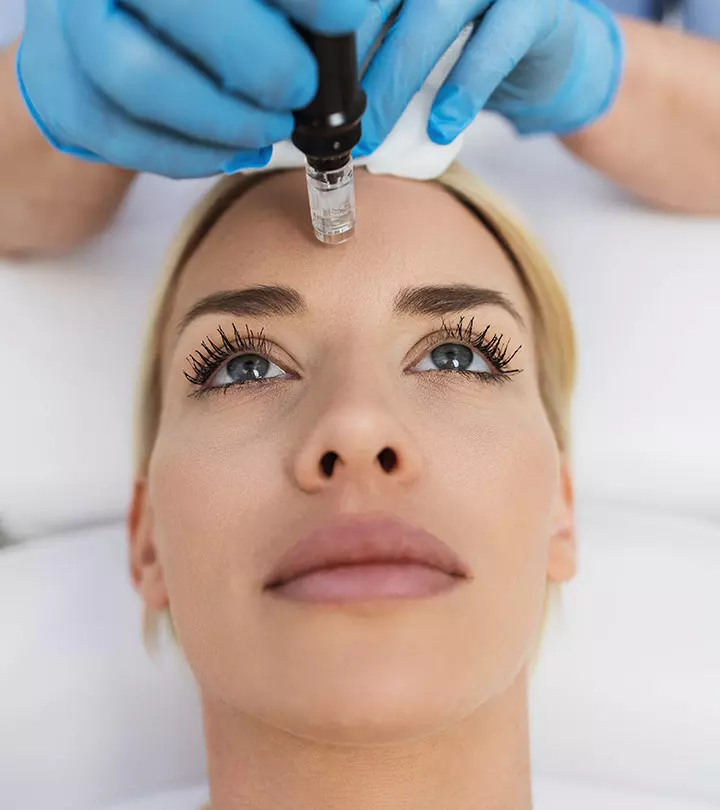
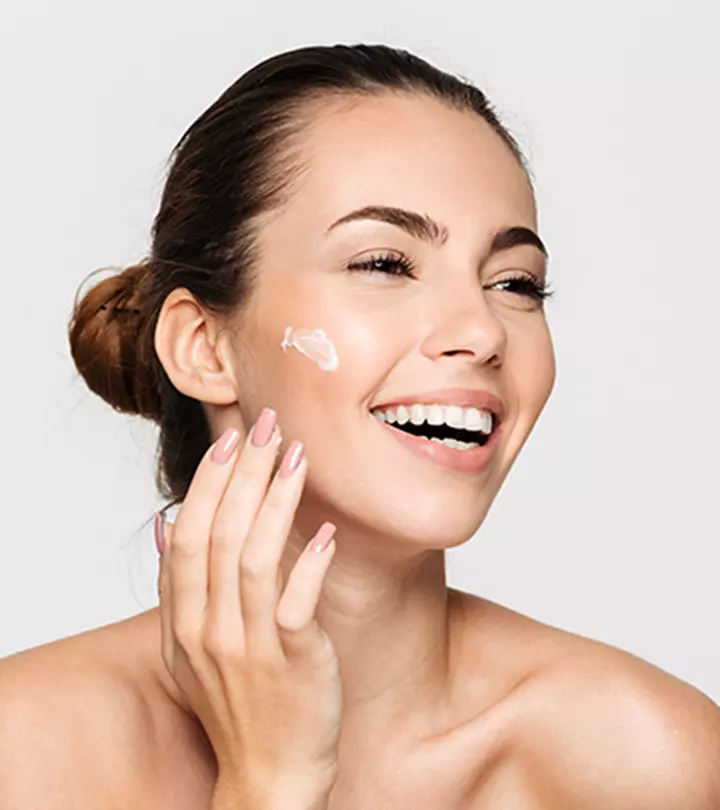
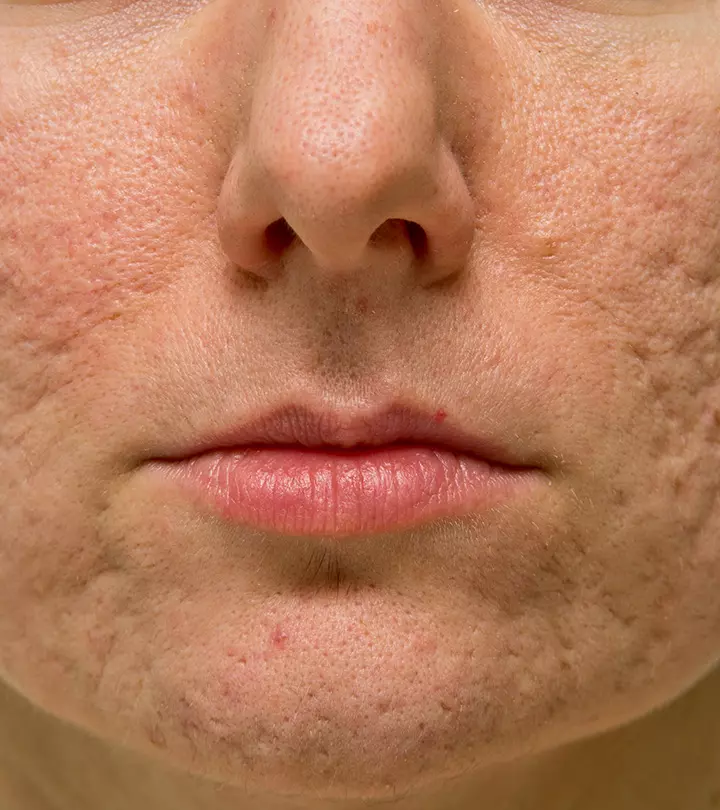

Community Experiences
Join the conversation and become a part of our empowering community! Share your stories, experiences, and insights to connect with other beauty, lifestyle, and health enthusiasts.